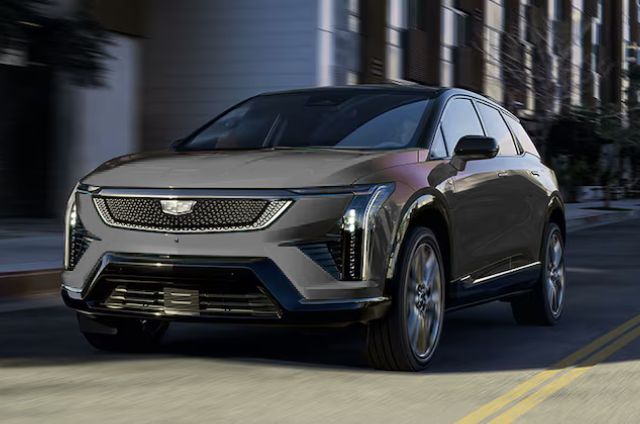Understanding Winter Range Loss in EVs and PHEVs
As temperatures drop, many EV and PHEV drivers notice a decrease in their vehicle’s electric range. For instance, one PHEV owner with a 12kWh battery observed a summer range of 36 km shrink to just 20 km in colder weather. While this change may seem sudden, the reasons behind it are both scientific and expected.
The Role of Battery Chemistry
At the heart of every EV is a lithium-ion battery, which operates through chemical reactions. When it’s cold, these reactions slow down. The internal resistance of the battery increases, making it harder for energy to flow. This doesn’t reduce the battery’s total energy, but it limits how quickly the power can be delivered to the motor. That’s why the car may feel less responsive and show reduced efficiency in colder conditions.
Energy Is Used for Heating
Beyond chemistry, winter driving increases energy demands. Heating the cabin, warming the battery to its optimal operating temperature, and overcoming denser, colder air all require additional power. Many vehicles use resistive heaters, which draw several kilowatts, especially at startup. That power comes from the battery, reducing the amount left for driving.
Preconditioning and Smart Charging
Modern EVs often feature thermal management systems. These systems pre-warm the battery and cabin while the car is still plugged in. By doing this, drivers can preserve more battery capacity for driving rather than heating. Using timers to precondition the car before departure is a simple way to maintain range in colder months.
A Natural, Manageable Shift
It’s completely normal for electric vehicles to experience winter range changes. From increased internal resistance to higher energy draw, multiple factors converge. Yet, with smart use of features like preconditioning, most drivers can minimize the impact. Understanding the science behind it all reveals how these systems are working hard—even when it’s cold—to keep you moving confidently.



